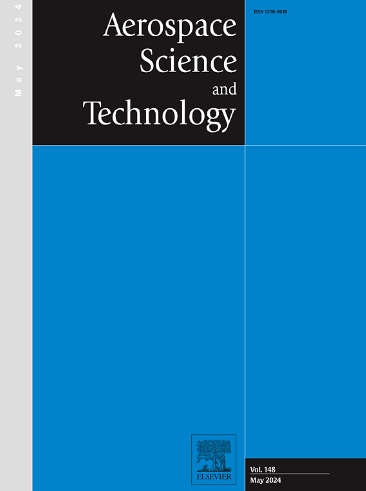Sun-Earth debris study, part 1: Preliminary investigation of debris propagation dynamics near the Sun-Earth collinear Lagrange points
IF 5
1区 工程技术
Q1 ENGINEERING, AEROSPACE
引用次数: 0
Abstract
The Sun-Earth and Lagrange points offer a unique and advantageous location for missions related to heliophysics, astronomy, and the overall study of the Solar System. As interest in these points grows and becomes more populated, however, the chance for artificial space debris to inflict hazard on the region increases. The Circular Restricted Three-Body Problem (CR3BP) may be used to propagate the motion of debris in the region, and this paper investigates the debris propagation dynamics associated with a catastrophic spacecraft breakup occurring in currently used orbits about the Sun-Earth and points. The NASA Standard Breakup Model is used for debris generation along with an isotropic breakup model for comparison. Additionally, this research provides a cohesive and comprehensive overview of and point history spacecraft history. Past, present, and future missions are detailed, with each vehicle's respective nation, launch date, orbit type, orbital parameters, objective, and current mission status all simplified into four tables. Overall, this research found that for selected halo orbits, debris traverses throughout the system, including other Lagrange points, with 92% of debris exiting the system within one year of propagation.
求助全文
约1分钟内获得全文
求助全文
来源期刊

Aerospace Science and Technology
工程技术-工程:宇航
CiteScore
10.30
自引率
28.60%
发文量
654
审稿时长
54 days
期刊介绍:
Aerospace Science and Technology publishes articles of outstanding scientific quality. Each article is reviewed by two referees. The journal welcomes papers from a wide range of countries. This journal publishes original papers, review articles and short communications related to all fields of aerospace research, fundamental and applied, potential applications of which are clearly related to:
• The design and the manufacture of aircraft, helicopters, missiles, launchers and satellites
• The control of their environment
• The study of various systems they are involved in, as supports or as targets.
Authors are invited to submit papers on new advances in the following topics to aerospace applications:
• Fluid dynamics
• Energetics and propulsion
• Materials and structures
• Flight mechanics
• Navigation, guidance and control
• Acoustics
• Optics
• Electromagnetism and radar
• Signal and image processing
• Information processing
• Data fusion
• Decision aid
• Human behaviour
• Robotics and intelligent systems
• Complex system engineering.
Etc.
 求助内容:
求助内容: 应助结果提醒方式:
应助结果提醒方式:


